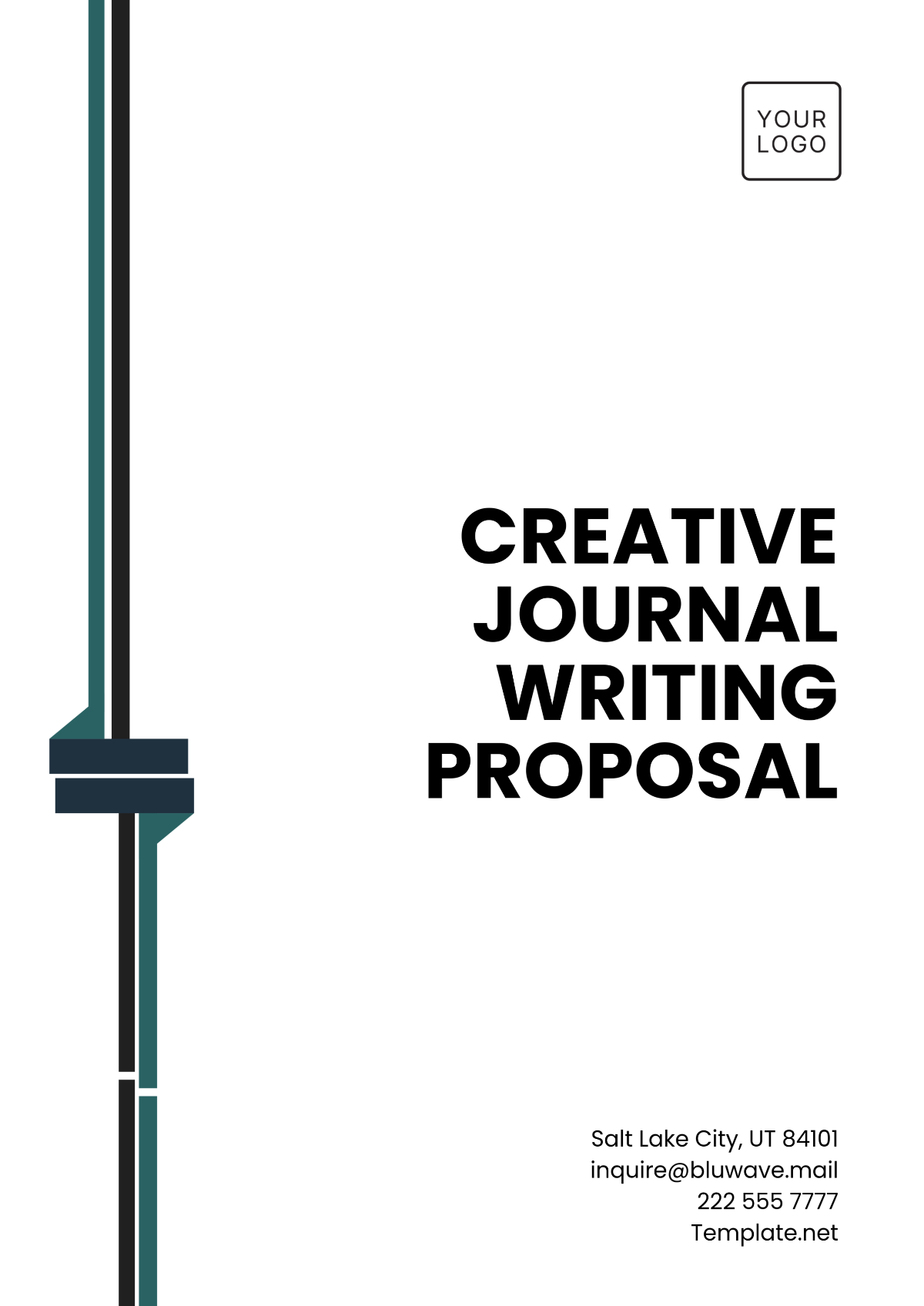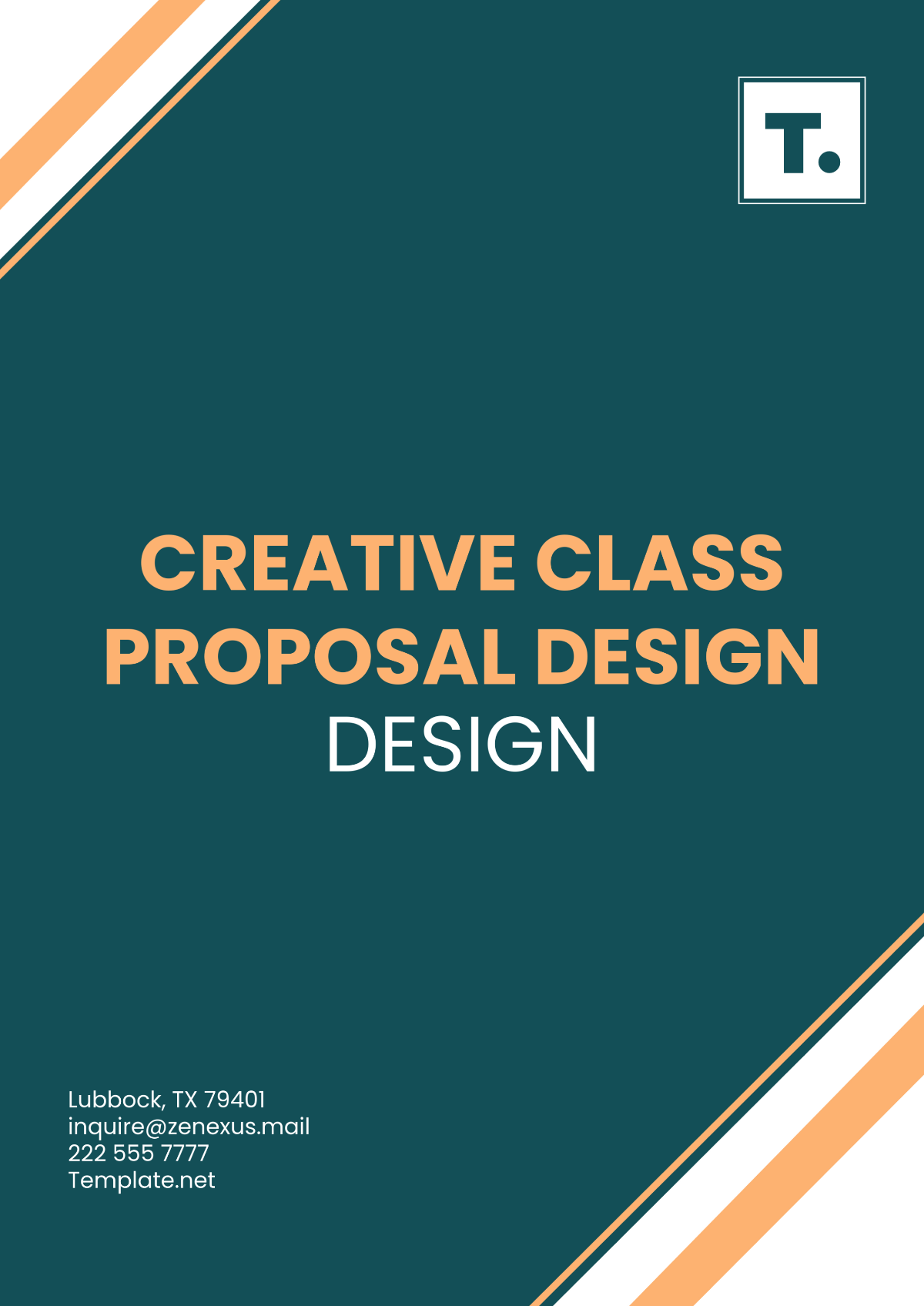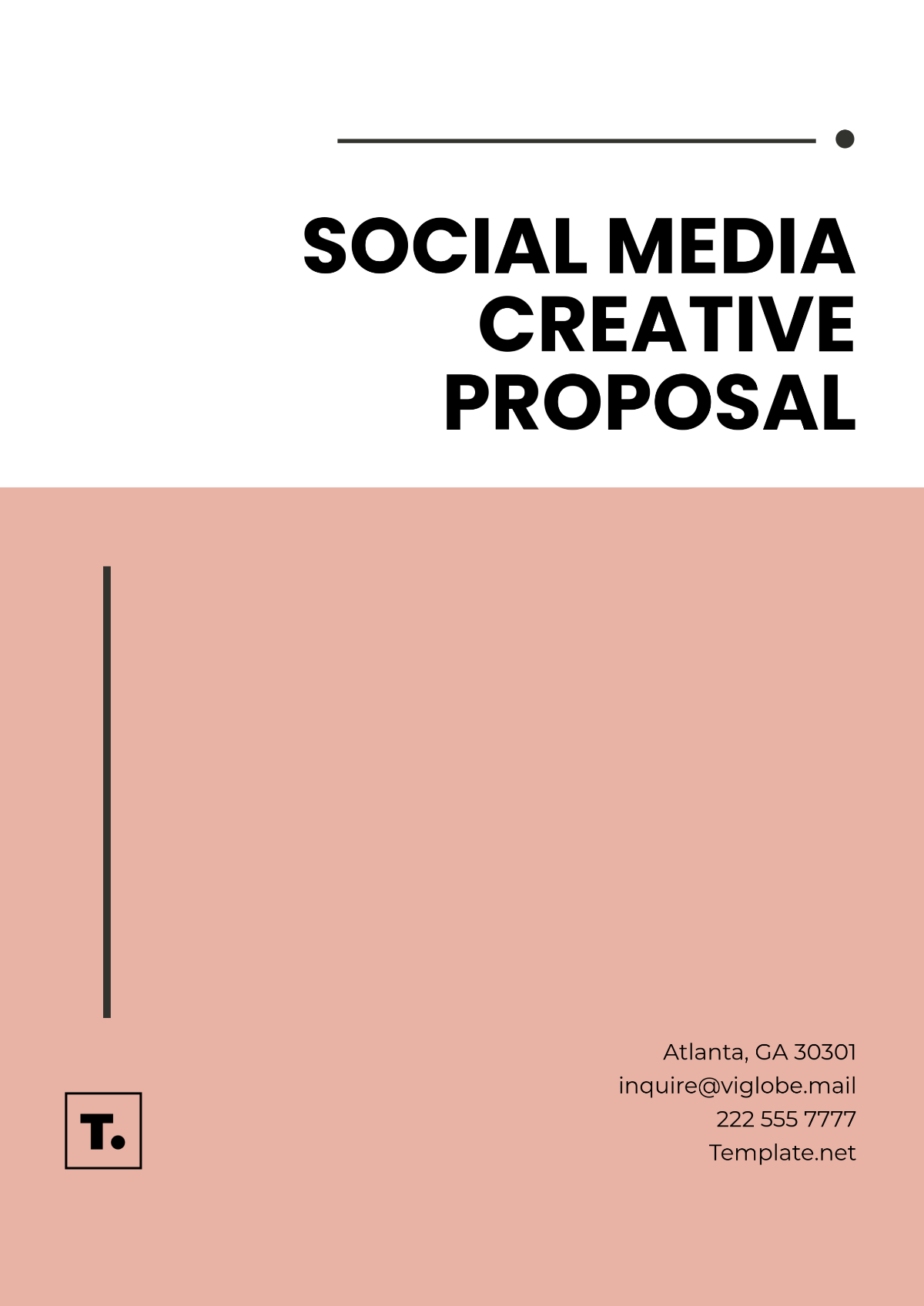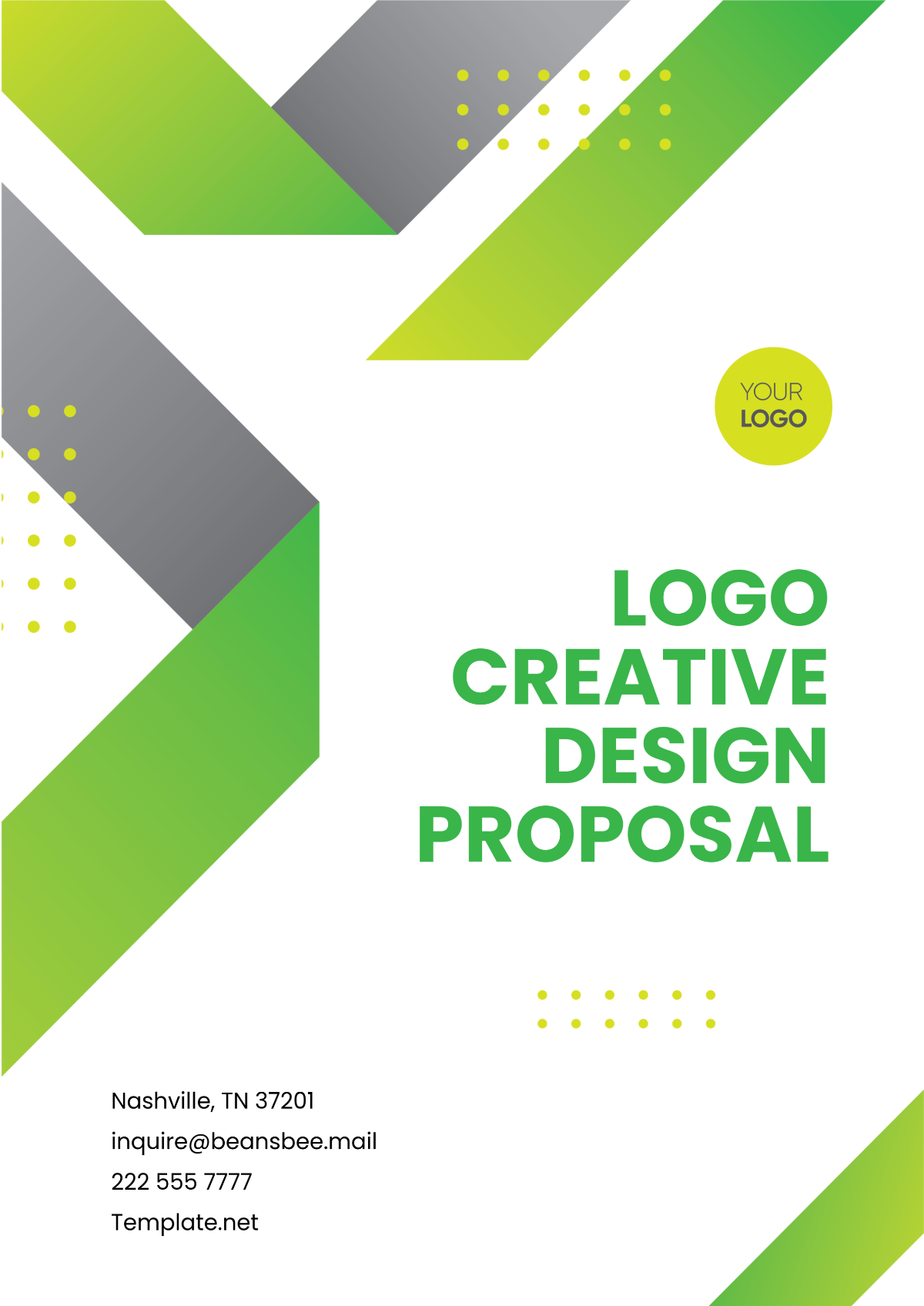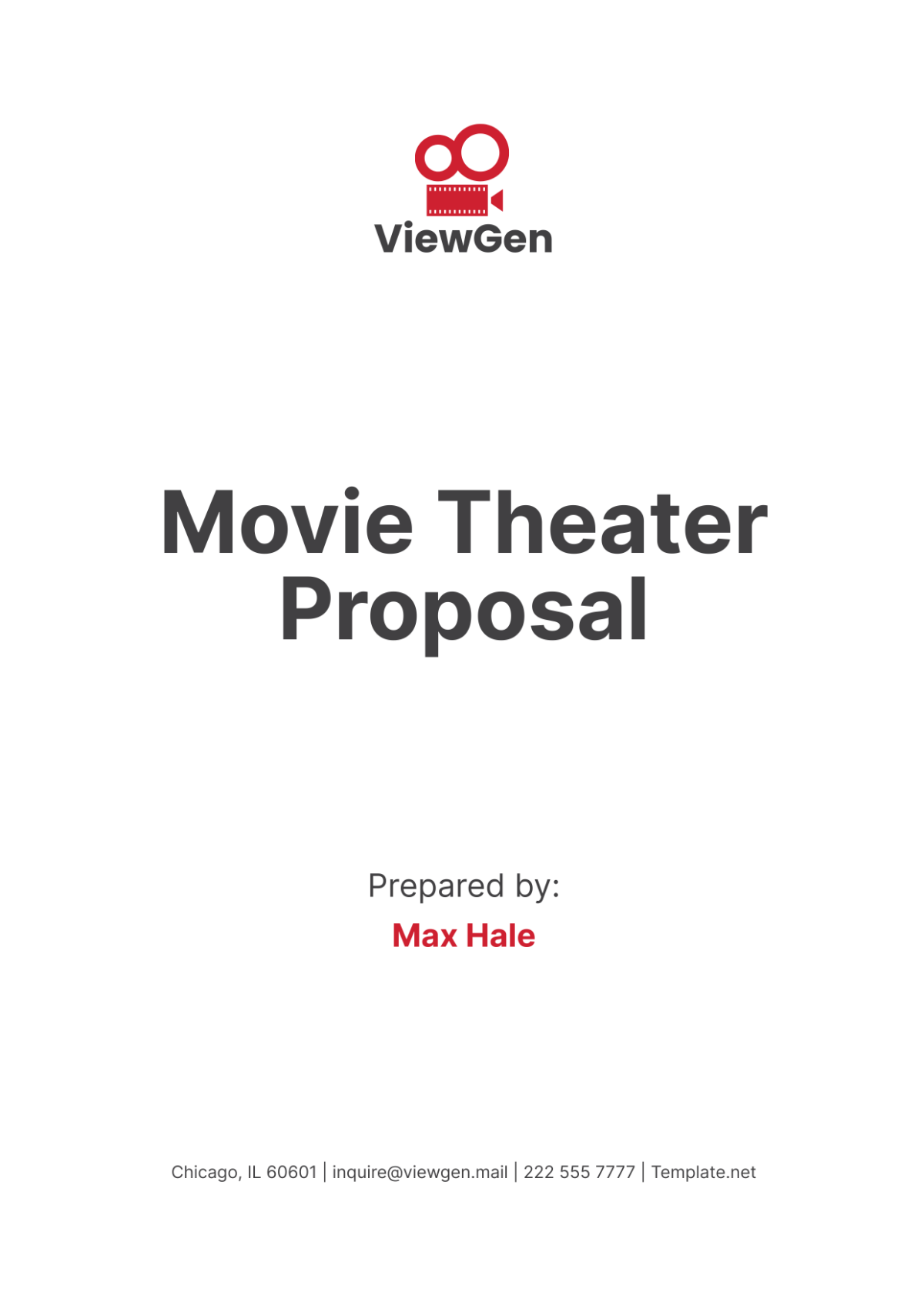Aesthetic AI Technology Format Proposal
Prepared by: [Your Name]
Date: [Date]
I. Introduction
The Introduction provides a brief overview of the proposal, its purpose, and the significance of utilizing AI in enhancing aesthetic experiences. This section should set the tone for the reader, explaining why this proposal is important for the industry or the specific project.
Purpose: State the goal of the proposal. For example, “This proposal outlines the use of AI technology to generate aesthetically pleasing designs in fashion using machine learning algorithms.”
Scope: Define the areas where AI technology will be applied, such as visual art, product design, or digital media.
Importance: Explain why this AI-driven aesthetic enhancement is relevant in the context of current industry trends or consumer demand.
II. Objectives
This section outlines the specific goals that the proposal aims to achieve with the integration of AI into aesthetic processes.
Goal 1: Improve the design efficiency by automating the creation of digital artwork.
Goal 2: Personalize visual content creation to cater to individual consumer preferences.
Goal 3: Enhance creativity by enabling AI to generate new, innovative design patterns that human designers may not have considered.
Goal 4: Optimize visual designs for various platforms (social media, print, websites) through AI-driven adjustments.
III. Technology Overview
The Technology Overview explains the AI tools, algorithms, and systems that will be used to achieve the proposal’s objectives.
AI Algorithms: Describe the machine learning models or deep learning techniques (e.g., neural networks, GANs) that will be implemented to generate aesthetic content.
Data Inputs: Explain the type of data the AI will process, such as images, customer preferences, or design elements.
Software Tools: Identify any software or platforms (e.g., TensorFlow, Adobe Sensei, etc.) that will facilitate the development and application of AI technologies.
IV. Methodology
This section outlines the approach and process for implementing AI technology into the creative/design workflow.
Phase 1: Research & Development: Investigate current aesthetic trends and identify key AI algorithms that align with the desired outcomes.
Phase 2: Data Collection & Training: Gather a dataset of relevant aesthetic images, designs, and user preferences, and train AI models to recognize and replicate these patterns.
Phase 3: Design Implementation: Apply the trained AI models to generate or assist in the creation of designs, adjusting based on specific client requirements or trends.
Phase 4: Evaluation & Optimization: Continuously test and refine the AI models to improve their ability to produce high-quality aesthetic outputs.
V. Use Cases
In this section, you provide real-world examples of how AI technology will be applied in the aesthetic domain. These use cases should align with the objectives of the proposal.
Generative Art: AI can generate unique pieces of digital art based on input parameters such as color schemes, artistic styles, and subject matter.
Fashion Design: AI can suggest new clothing designs or patterns based on data from current fashion trends, customer preferences, and market analysis.
Personalized Digital Media: AI can automatically adjust the layout and design of digital media (such as advertisements or websites) to better fit individual consumer tastes.
Graphic Design Automation: AI can assist designers by automating repetitive tasks, such as resizing images or suggesting color palettes that align with design principles.
VI. Expected Outcomes
Here, describe the anticipated results of implementing AI technology in the aesthetic field. These outcomes should demonstrate how the technology will solve problems or improve current processes.
Enhanced Creativity: AI will enable designers to explore new artistic possibilities and patterns that they may not have conceived on their own.
Increased Efficiency: AI will automate many time-consuming tasks, allowing designers to focus more on creative aspects while improving turnaround time for projects.
Personalized Experiences: The technology will help create more personalized content that resonates with individual consumers or specific target audiences.
Improved Quality: AI-generated designs will be high-quality and optimized for various platforms, ensuring a consistent aesthetic output across different mediums.
VII. Timeline and Milestones
This section should outline a clear, step-by-step timeline for the development and implementation of the project.
Month 1-2: Research and Ideation
Conduct initial research on current trends and aesthetic requirements, finalize AI model selection, and gather the necessary data for training.Month 3-4: AI Development and Testing
Develop and test AI models to ensure they can generate high-quality designs that meet aesthetic standards.Month 5-6: Pilot Implementation
Begin applying AI models to real-world design projects and evaluate performance based on client feedback and design quality.Month 7: Optimization and Final Rollout
Refine the AI models based on feedback and launch the final system for continuous use in creative applications.
VIII. Budget
Provide an estimated budget that includes all costs associated with the development and implementation of the AI technology.
Research and Development Costs: Include the costs of market research, hiring AI specialists, and data collection.
Technology Development: Budget for software and tools, as well as the AI development process.
Testing and Optimization: Costs related to pilot testing, evaluations, and iterations to refine AI models.
Operational Costs: Consider ongoing maintenance, AI model updates, and any other operational expenses.
IX. Conclusion
The Conclusion summarizes the key points of the proposal and outlines the next steps for moving forward with the project.
Summary: Recap the main objectives and how AI technology will enhance aesthetic outcomes in the target industry.
Next Steps: Highlight the immediate actions required to begin the project, such as securing funding, assembling a team, or initiating the first phase of development.






